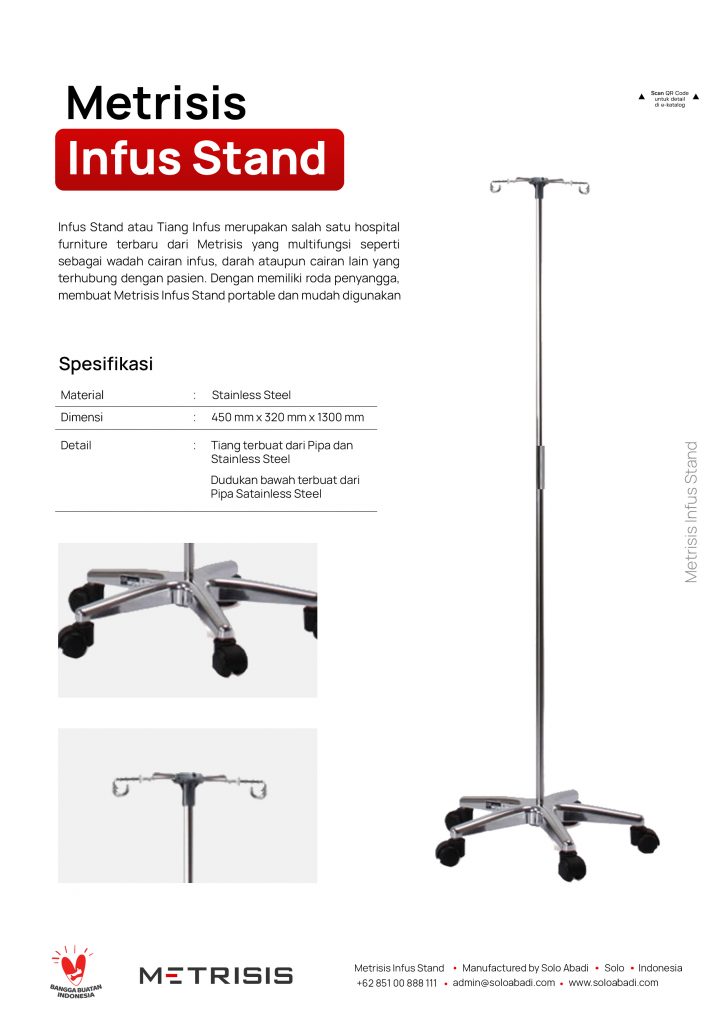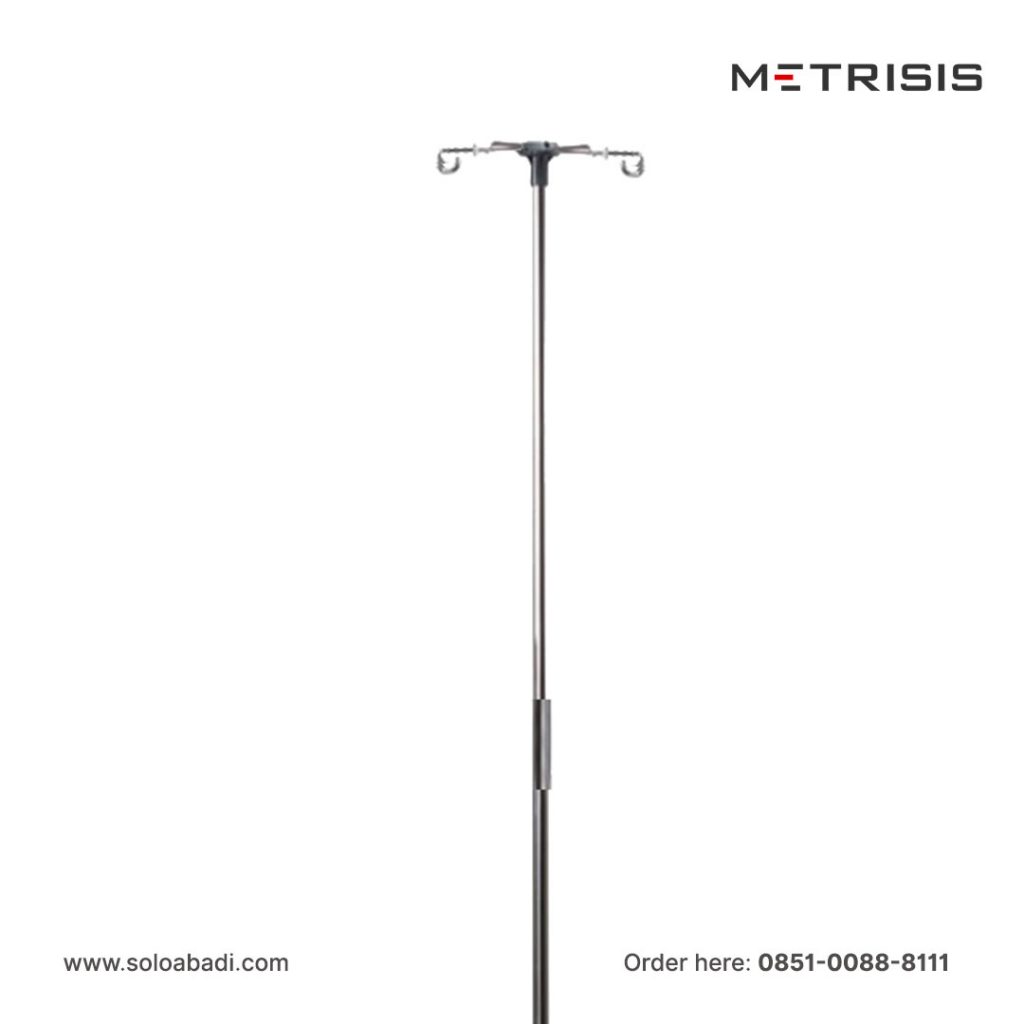How to Increase IV Flow Rate is a crucial skill that must be understood when managing intravenous therapy. The IV flow rate impacts the balance of fluids and electrolytes, especially in patients experiencing dehydration or fluid loss. So, how can you correctly increase the IV flow rate? Read on for more information!
What is IV Flow Rate and Its Function?
Intravenous Therapy, commonly known as IV Therapy, is a medical procedure where healthcare professionals administer fluids or medications through a fluid delivered via blood vessels using an IV set. One important aspect to consider when setting up an IV is how to increase the IV flow rate?
Before discussing further, let’s first understand the function of the IV flow rate in intravenous therapy.
Function of Regulating IV Flow Rate
IV Flow Rate, commonly referred to as IV Fluid Flow Rate, is the rate at which IV fluids are administered to a patient through an intravenous line. In medical science, the formula to calculate the IV fluid flow rate is:
IV Drip Rate Formula: Total Volume (in ml) divided by time (in minutes) and multiplied by the drop factor (in gtts/mL)
1. Maintenance of Fluid and Electrolyte Volume
Maintaining fluid and electrolyte balance is essential in various medical conditions such as dehydration, shock, and during surgery or postoperative recovery. The correct IV flow rate ensures that patients receive the necessary amount of fluids to maintain their body’s homeostasis (Merck Manuals) (The Pharmaceutical Journal).
2. Treatment and Management of Shock
In patients experiencing shock, especially hypovolemic shock, rapid IV infusion is required to restore blood volume and improve organ perfusion. For example, in hemorrhagic shock, rapid infusion of blood or colloids can be performed to replace lost blood volume (Merck Manuals).
3. Administration of Medications and Nutritional Fluids
Certain medications and nutritional fluids administered intravenously require strict control of the infusion rate to avoid side effects or toxicity. For example, total parenteral nutrition (TPN) and some antibiotics require precise infusion rates for maximum effectiveness and to avoid complications (The Pharmaceutical Journal).
Read More: What is IV Therapy, Purpose and The Tools You’ll Be Needed
Factors Affecting IV Flow Rate
Several factors affect the IV flow rate. Here are some of them:
1. Height of the IV Reservoir Bag
The height of the IV bottle from the point of entry into the patient’s body affects the gravitational pressure on the fluid. The higher the IV bottle, the greater the gravitational pressure that assists fluid flow, thereby increasing the flow rate.
2. Diameter of the Catheter or Needle
The diameter of the catheter or needle used for the IV greatly influences the flow rate. The larger the diameter, the faster the IV fluid flow. This is due to Poiseuille’s law, which states that fluid flow through a tube is directly proportional to the fourth power of the tube’s radius.
3. Physical Condition of the IV Set
The physical condition of the IV equipment, such as the presence of air bubbles or blockages in the tubing, can affect the flow rate. Air bubbles or blockages can obstruct fluid flow.
4. Flow Control System
Some IV systems come with flow regulators that can be manual (roller clamp) or automatic (infusion pump). These controls allow for more precise regulation of the IV fluid flow rate.
How to Increase IV Flow Rate
1. Use a Larger Diameter Catheter
A larger diameter catheter allows for faster flow. According to Poiseuille’s law, increasing the catheter radius significantly increases the flow rate. A common example is using a 16-gauge or larger catheter in trauma situations to increase IV flow rate (OpenAnesthesia).
2. Shorten the IV Tubing Length
Reducing the length of the IV tubing decreases resistance to fluid flow, thus increasing the flow rate. The IV flow rate is inversely proportional to the tubing length, so the shorter the tubing, the faster the fluid flow (OpenAnesthesia).
3. Increase the Pressure Gradient
Using additional pressure, such as pressure bags or pressurized infusion devices, can increase the pressure gradient and enhance the IV flow rate. Devices like rapid infusers are effective for increasing pressure and flow rate, especially in emergency situations (OpenAnesthesia) (Nursing Abroad).
4. Use Lower Viscosity Fluids
Fluids with lower viscosity, such as saline or lactated Ringer, flow faster than higher viscosity fluids like blood or colloid solutions. Choosing the appropriate fluid can help increase the IV flow rate (OpenAnesthesia).
Get IV Stands Compliant with Ministry of Health Standards

PT Solo Abadi Indonesia has extensive experience in the production of medical equipment in Indonesia. From 2020 to 2023, we collaborated with over 1,000 Posyandu and more than 200 Health Departments. All our products are guaranteed, including Patient Examination Tables. For Examination Tables, we offer a 1-year warranty with terms and conditions.
You can access our best Customer Service through various platforms, such as Instagram @soloabadi, website www.soloabadi.com, and WhatsApp.
Prices for METRISIS IV Stands can be accessed through our Sales or Customer Service. We prioritize service and functionality, so we can customize products according to your requests.
Contact us now to get the best offer on Examination Table prices through Sales and Customer Service on WhatsApp.




